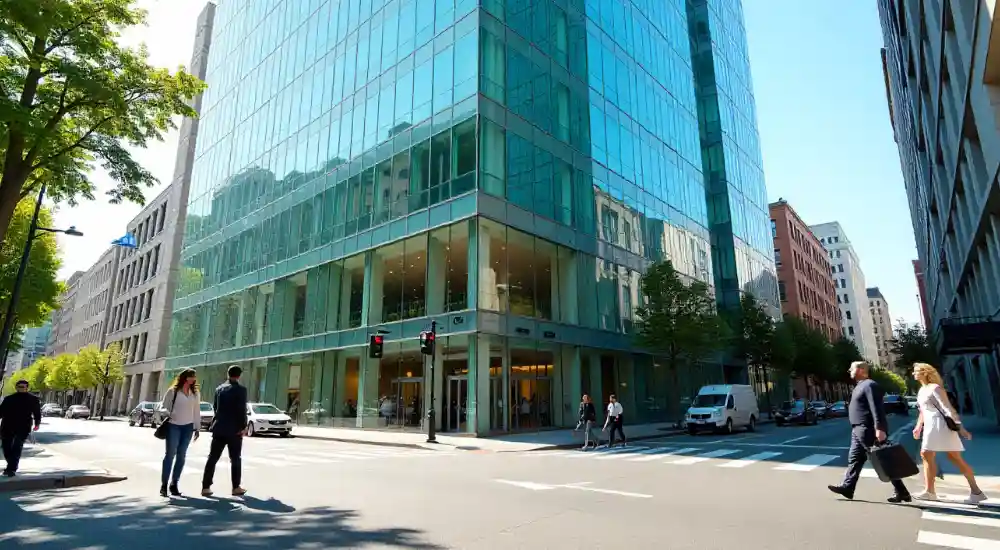Introduction: A Surprising Shift in Market Sentiment
After months of decline, commercial real estate (CRE) is showing early—but promising—signs of a rebound. New data reveals improving investor confidence and transaction activity, suggesting the sector may be turning a corner despite economic uncertainty. This shift could signal crucial opportunities for investors, developers, and analysts tracking private and institutional real estate business moves.
What Is the Bid Intensity Index – And Why Does It Matter?
The Bid Intensity Index, published by global real estate firm JLL, measures competitiveness and liquidity in private real estate capital markets. It tracks three key metrics: bid-ask spreads, number of bids per deal, and variability among final bids.
For the first time this year, the index improved in July—reflecting increased capital flow and more stabilized bidder activity. This change suggests that investors are re-entering the market with greater confidence and a renewed appetite for deals.
5 Powerful Signals of Commercial Real Estate Recovery
1. Stabilizing Bidder Dynamics
After a prolonged slowdown, bidder participation is growing. More investors are competing for assets, which indicates improved market sentiment and a healthier transaction environment.
2. Narrowing Bid-Ask Spreads
One of the most significant improvements has been in bid-ask spreads. Earlier this year, gaps between seller expectations and buyer offers were extreme—now, they’re tightening, especially in the “living” sector.
3. The “Living” Sector Leads the Comeback
Multifamily, senior housing, and student accommodations are seeing the strongest rebound. High demand for residential-style commercial assets continues to drive investor interest and transaction volume.
4. Office Space May Have Bottomed Out
The office segment, heavily battered during and after the pandemic, is now stabilizing. With more employees returning to workplaces—and lenders increasingly quoting office loans—this sector is attracting bottom-fishing investors.
5. Capital Is Flowing Back In
Institutional investors are deploying capital again. Strong debt markets and a “risk-on” attitude are contributing to what experts believe could be sustained investment growth throughout the second half of the year.

Not Every Sector Is Recovering Equally
While the overall trend is improving, performance varies by asset class. Industrial real estate, for example, has faced headwinds due to supply chain disruptions and tariff pressures.
Retail has shown year-over-year improvement but remains vulnerable to consumer sentiment and structural challenges. The fact that some segments are still struggling reminds us that this recovery is selective—and likely gradual.
What This Means for Investors
For those with available capital, now may be an ideal time to evaluate commercial real estate opportunities. With values stabilizing and bid competition still reasonable in many markets, well-positioned investors can still find value before a broader rebound takes hold.
As Ben Breslau, Chief Research Officer at JLL, noted, “The attractiveness of CRE investments as a long-term store of value remains intact.”
Looking Ahead: Cautious Optimism for CRE
It’s still too early to declare a full recovery—macroeconomic factors like interest rates, inflation, and geopolitical issues could influence the pace of rebound. But for the first time in months, there’s tangible evidence that commercial real estate is moving in the right direction.
Whether you’re a family office, VC firm, or institutional investor, now is the time to pay attention. The markets are shifting, and early movers may benefit most.

Table of Contents
Reference Website:
https://www.cnbc.com/2025/08/27/jll-bid-intensity-index-improves-in-july.html